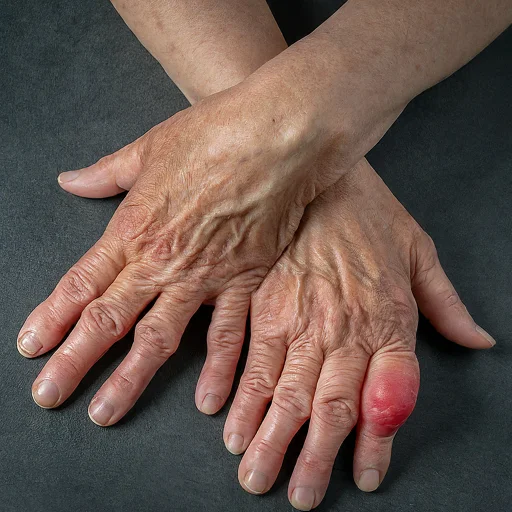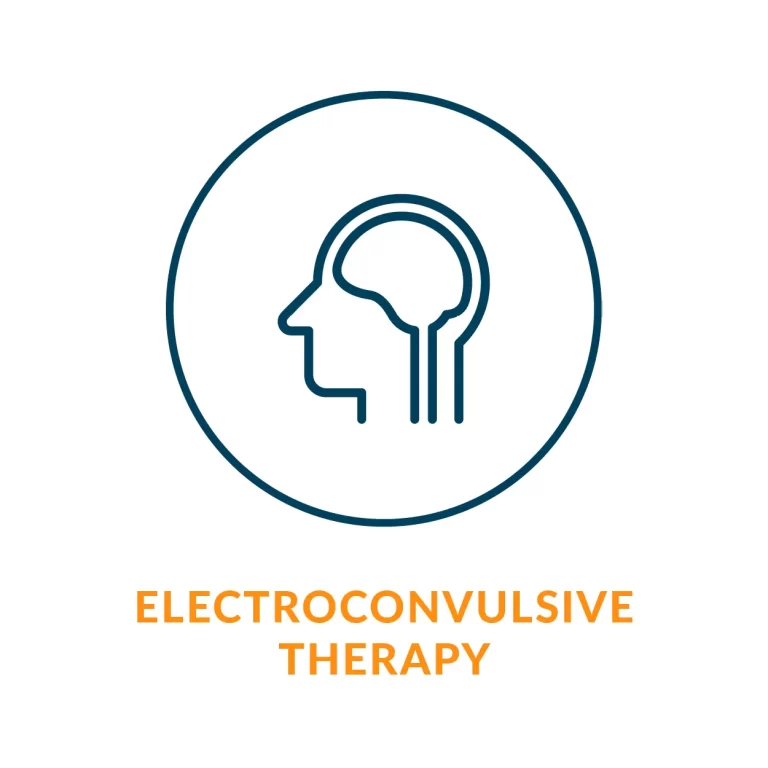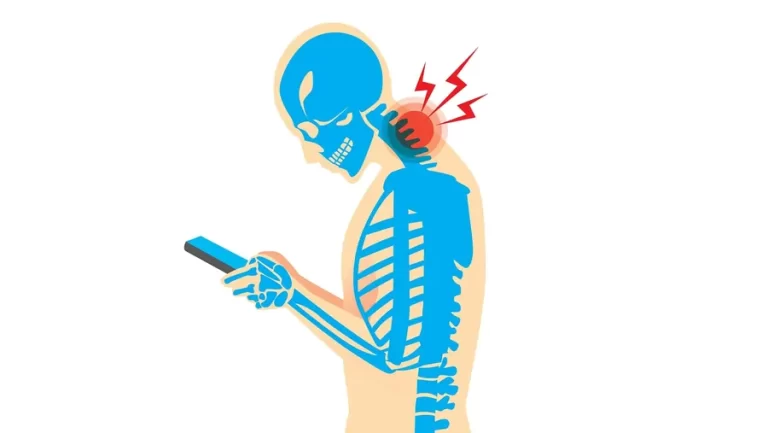How to Dissolve Bone Spurs Naturally
Introduction:
There are several natural ways to promote bone health. Bone spurs can cause pain and movement problems, especially when they are close to joints and tendons; however, other occurrences are asymptomatic.
Some people might want to explore natural ways to get rid of bone spurs. These methods are not a surefire way to get rid of bone spurs, even if they could help control symptoms.
The natural treatments for bone spurs and their symptom relief are the main topics of this essay.
What are Bone Spurs?
Although they can develop on any bone, the spine, shoulders, hands, hips, knees, and feet are the most frequently affected. The body’s reaction to injury, aging, or normal wear and tear over time can result in bone spurs. Although they don’t hurt by themselves, they can cause pain or restrict your range of motion when they brush on adjacent bones or nerves.
Where Can Bone Spurs Occur?
There are several places on the body where bone spurs can form. Let’s look at the most typical areas:
- Spine: When they put pressure on nerves, they may result in numbness, pain, or stiffness.
- Shoulders: A condition known as “rotator cuff tear” can result from the development of bone spurs in your shoulder joint, which can restrict the joint’s range of motion.
- Bone spurs in the hands, hips, knees, and feet can result in lumps that are noticeable and cause pain while moving, particularly when bending or walking.
Potential Complications of Bone Spurs:
Even while bone spurs may not show any symptoms at first, if treatment is not received, they may develop problems. For example, numbness, tingling, and pain that travel to other areas of the body can result from bone spur-induced nerve compression.
As a result, treating bone spurs as soon as possible is essential. Additionally, a number of natural therapies can effectively manage and even dissolve bone spurs, even though there are surgical techniques to eliminate them.
Natural Remedies for Bone Spurs.
Dietary Changes:
Our general health, particularly the condition of our bones, is greatly influenced by the food we eat. Because they include vital nutrients and anti-inflammatory qualities, some foods can aid in the dissolution of bone spurs.
Green leafy vegetables are rich in minerals like calcium and magnesium, as well as vitamins K and C, all of which are essential for healthy bones.
Whole Grains: Packed with fiber, whole grains like oats and brown rice might help lower inflammation.
Together with a healthy diet, these dietary adjustments can help dissolve bone spurs and stop them from developing in the first place.
Cold compress:
Bone spur-related edema and inflammation may be lessened by the application of a cold compress.
A frozen gel pack, a cooled cloth, or a sock packed with rice made especially for cold therapy are some options. However, if the bag has been frozen and thawed multiple times, it is advisable to use it only for cold compresses and not to eat its contents afterwards.
Supplements:
Although there is limited information on the effectiveness of certain dietary supplements in dissolving bone spurs, they may enhance joint health.
Among the options are:
- They are cartilage constituents that could aid in joint lubrication and restoration. Experts are uncertain about their efficacy, though, and studies have produced contradictory findings.
- Omega-3 fatty acids: Due to their anti-inflammatory qualities, omega-3s found in flaxseeds and fish oil may help reduce bone spur pain and discomfort.
Diet:
A diet rich in nutrients should be the main focus of a bone-healthy diet, but items high in empty calories, including added sugars, salt, and saturated fats, should be minimized. Consuming nutrients that improve bone strength and general health is essential.
To further support bone health, people should include more fruits and vegetables in their diet, particularly orange, red, and dark green types.
Exercise:
Frequent exercise helps maintain healthy bones.
It offers the following advantages to adults:
- Strengthens bones
- Prevents bone loss
A complete strategy for preserving and enhancing bone health involves combining weight-bearing and resistance training.
At least 150 minutes of moderate-intensity exercise per week, with at least two sessions of muscle-strengthening activities per week, should be the goal for adults.
Maintaining an active lifestyle is good for your general health and is especially important if you have bone spurs. Exercise can increase support, lessen pressure on the affected joint, and strengthen the muscles surrounding it.
- Stretching Exercises: These activities increase your flexibility and range of motion, which lessens the pain that bone spurs produce.
- Strength Training: By strengthening the muscles surrounding the injured area, strength training can lessen the strain on the bone spur and provide pain relief.
- Low-impact Cardio: Exercises that keep you active and healthy without overtaxing your joints, such as swimming and cycling, are advantageous.
To prevent any potential side-effects, always remember to speak with a physiotherapist before starting any exercise program, especially if you have bone spurs.
Cell-based therapies:
A more recent method of treating bone and joint diseases, including osteoporosis, is cell-based therapy. They including restoring, preserving, or improving tissue function utilizing stem cells from the patient or a donor.
By encouraging the repair and regeneration of joint structures, these treatments may, in principle, aid in the management of bone spur symptoms. However, more investigation is required.
Platelet-rich plasma (PRP) therapy:
PRP therapy is a cutting-edge therapeutic approach that accelerates the healing of damaged or degraded tissues by harnessing the healing potential of a patient’s blood.
Growth factors, which are critical for tissue regeneration and repair, are highly concentrated in the resulting platelet-rich plasma. The growth factors promote the body’s natural healing processes when a physician injects them into the damaged area.
PRP has the potential to treat a number of skeletal disorders, especially those that affect the joints, ligaments, and tendons. Nevertheless, additional clinical research is required to validate its efficacy.
Massage therapy:
Massages can help manage and naturally relieve pain. By increasing blood flow, the calf muscle relaxes and less strain is placed on the foot.
You can give yourself a foot massage by rolling a little ball on the bottom of your foot. This approach is often used to provide both short-term and long-term relief.
Footwear designed to prevent or reduce bone spur pain:
One way to get rid of bone spurs without surgery is to choose supportive, appropriate footwear. Custom orthotics and inserts can be made to fit you if you’re experiencing problems finding the right shoes for your heel or toe bone spur. With the cushioning and support that custom orthotics give your feet, you can avoid bone spurs or reduce pain that already exists. If you would like to be fitted for bespoke orthotics, contact Arizona Foot Doctors’ podiatrists.
Conclusion:
Although bone spurs cannot be eliminated naturally, there are certain methods a person can try to control their symptoms and enhance joint function.
Bone spurs frequently have no symptoms. To help manage pain, a person can attempt cold compresses, vitamins, dietary adjustments, and exercises if they cause problems.
To find out if these cutting-edge treatments could help with their condition, people could also talk to their doctor about PRP and cell-based therapies. By encouraging healing and lowering inflammation in affected areas, these alternatives have demonstrated promise in the management of pain and enhancement of joint function.
It might be difficult to live with bone spurs, but it’s important to keep in mind that you can control and even dissolve them using a variety of natural therapies. You can successfully control the symptoms and possibly avoid the development of bone spurs by changing your diet, exercising frequently, or using easy DIY solutions.
Furthermore, you can significantly reduce the risk of bone spurs developing in the first place by adopting lifestyle modifications, including keeping a healthy weight, wearing supportive shoes, and practicing proper posture. Additionally, routine examinations and screenings can aid in the early identification of bone spurs, enabling you to treat them successfully before they become problematic.
Even though this tutorial gives you a thorough overview of bone spurs and how to dissolve them naturally, it’s still important to get personalized guidance from a healthcare professional. Therefore, do not hesitate to seek medical assistance if you are having bone spur symptoms or would like more information about how to prevent them. Your chances of leading a pain-free, healthy life increase with the time you act.
FAQs
Can a person with a bone spur survive?
Many patients only become aware of bone spurs after receiving an X-ray or imaging study for another reason, and they often live with them for years.
Can bone spurs be removed by massage?
Although massage is not a treatment for heel spurs, it can help control their symptoms. Additionally, it enhances blood flow to the area and lessens inflammation, both of which aid in the healing process.
Which natural treatment is most effective for bone spurs?
Home Treatments
Hot and Cold Packs: You can lessen pain and inflammation by applying hot and cold packs to the affected area alternately. Epsom Salt Bath: Because Epsom salts contain a lot of magnesium, soaking the affected area in one can help with pain relief and inflammation reduction.
Which treatment is most effective for bone spurs?
There are as many different ways to treat bone spurs as there are possible causes and body areas that are impacted. The first line of treatment is usually rest and over-the-counter drugs such as naproxen (Aleve), ibuprofen (Advil), or acetaminophen (Tylenol).
What is the cause of bone spurs?
This research suggests that a lack of vitamin D may lead to problems with muscle and postural balance, which raises the possibility of calcaneal spur formation.
Could walking cause bone spurs?
Avoid painful movements and activities. Take precautions to reduce joint damage when exercising: Wear appropriate footwear, focus on correct form, and constantly warm up and stretch.
References
- Mph, Z. S. (2023b, November 30). How to dissolve bone spurs naturally. https://www.medicalnewstoday.com/articles/how-to-dissolve-bone-spurs-naturally
- Burns, A. (2023, June 1). How to dissolve bone spurs naturally and without surgery – Arizona Foot Doctors. https://arizonafootdoctors.com/how-to-get-rid-of-bone-spurs-without-surgery/
- Alexispickford, & Alexispickford. (2024, January 23). How to dissolve bone spurs naturally | Ankle & foot centers. Ankle & Foot Centers of America. https://ankleandfootcenters.com/how-to-dissolve-bone-spurs-naturally/
- Crna, R. N. M. (2018, August 29). 7 Heel spur treatments and home remedies. Healthline. https://www.healthline.com/health/heel-spur-treatment#shoes-and-orthotics
- Bady, P. (2025, January 18). How to dissolve bone spurs naturally – Cellaxys. Cellaxys. https://cellaxys.com/how-to-dissolve-bone-spurs-naturally/







